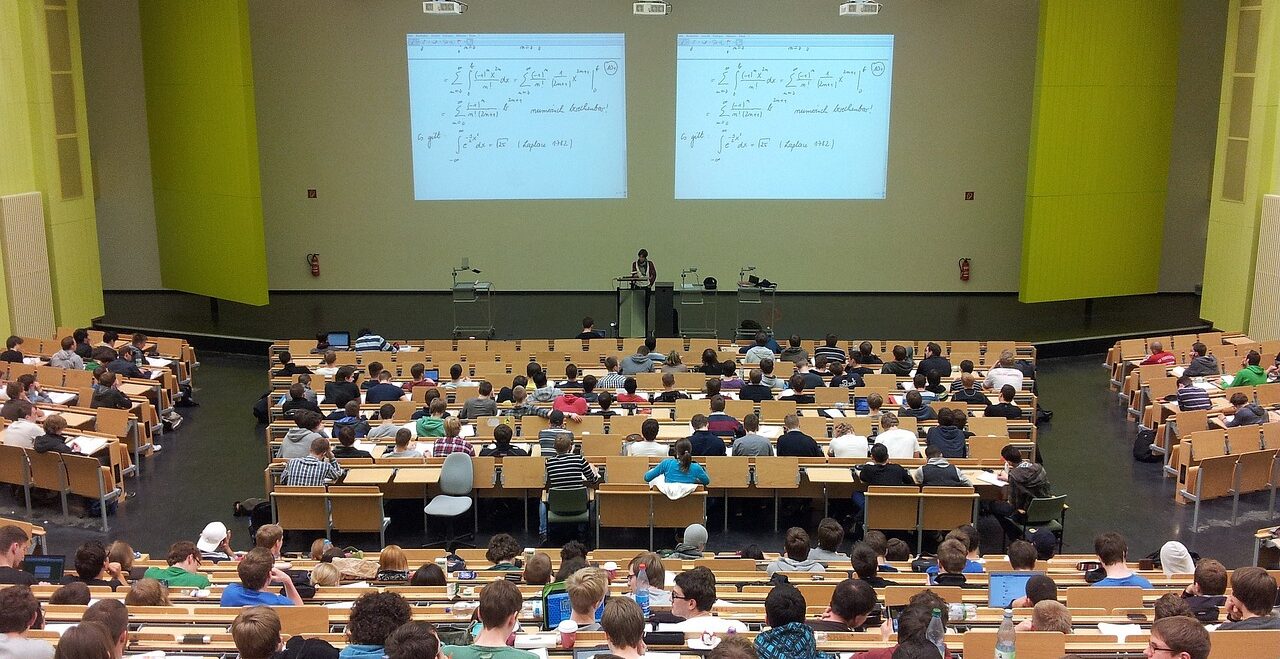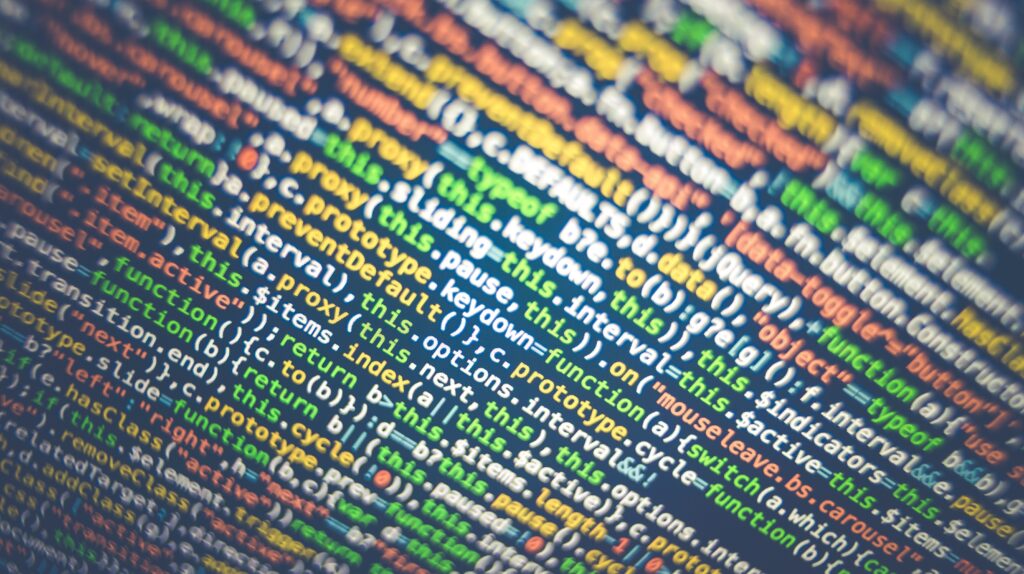This article first appeared in May’s print edition of Business Monthly.
One of the long-standing differentiators between developed and developing nations is the quality and accessibility of their education systems. To bridge that gap, the Egyptian Ministry of Education and Technical Education (MoETE) published a five-year pre-university education reform plan called the Education Sector Plan (ESP) 2023-2027. Its implementation started in the academic year 2023/2024.
The plan seeks to “transform the Egyptian education system to ensure universal access to high-quality education and training, foundational learning for all, and skills for a sustainable future.” Its mandate covers “kindergarten to Grade 12.” It also includes community education and adult literacy programs.
Its “key elements” are access to equitable, inclusive education, raising awareness on the importance of digitizing education and developing early childhood education. “By implementing ESP, Egypt hopes to develop a new generation of highly qualified, competent individuals on the global stage,” said Reda Hegazy, MoETE minister, in the ESP document.
Past reforms
The government acknowledges the deficiencies of Egypt’s primary and secondary education system. “Despite data showing recent improvement, the education sector suffers from persistent challenges in access, quality, equity and outcomes,” Hegazy said. That has made “young people in Egypt face considerable barriers when [transitioning] from school to work.”
The problem has severe long-term consequences. The government estimates that last year 60 million people would need better education to find jobs in the coming decade. MoETE projects that between 2015 and 2030, the number of those aged 14 to 25 will increase by 33% (5 million).
Accordingly, reforming and advancing the education ecosystem is crucial. It started with the 2014 constitution, which decreed that “education is compulsory and free from primary until the completion of secondary stage or its equivalent.” It also stipulated public education budgets would be at least 4% of the previous year’s GDP. AUC’s Alternative Policy Solutions shows spending declined from 3.6% of GDP in FY 2015/2016 to 1.9% allocated for FY 2023/2024.
In 2018, the government announced “Education 2.0,” which the EPC document said: “Aligns with the National Strategic Vision 2030, in which education plays a key role in realizing core goals of sustainable development, social justice and sustained growth.”
Education 2.0 focuses on “learning and life skills and tackles critical issues, such as moving from rote-learning to competency-based learning, preventing discrimination against women, addressing the challenges to globalization, citizenship, [and] climate change.” The 2018 reforms also saw a significant “move toward integrating technologies in education.”
Persistent issues
MoETE’s EPS 2023-2027 plan aims to overcome challenges the 2018 reforms failed to successfully address. The first is “teacher hiring not keeping pace with enrollment growth,” the ESP document said. “The scarcity of teachers in some specializations and their inadequate [geographical] distribution … diminish the quality of learning.”
The ESP document said the reason for the disparity in the number of teachers relative to students is that there are no “distribution standards.”
Less well-off cities and rural areas suffer significantly low education levels. “Children in rural areas are almost twice as likely not to complete primary education” compared to urban residents, said the ESP document.
That percentage goes up in secondary education, with teenagers in rural areas nearly four times less likely to finish school. “Lower demand for secondary education in rural areas [is] mainly due to higher poverty rates and social norms,” the EPS document said.
Also, “digital illiteracy of most teachers is one of the most important bottlenecks hindering efficient integration of technology.” That is despite efforts to integrate ICT into school curriculums, such as introducing the Egyptian Knowledge Bank, a 2014 initiative giving pre-university students free access to paid education content; distributing tablets for senior students to take their exams and present their coursework; and integrating ICT in the school’s administrative system.
Other ongoing challenges include “the unavailability of a comprehensive system for data collection, inadequacies in evaluation monitoring, and lack of integrated results-based monitoring and assessment within the education sector,” the ESP document said. That “adversely affects decision-making processes and monitoring of learning outcomes.”
The other significant factor still hindering Egypt’s education system is school budgets’ “inefficiencies and inequality.” MoETE sets annual budgets for public schools based on staff numbers rather than the quality of education outputs.
However, even the largest public schools are underfunded because national spending on education is tied to GDP growth, which is significantly lower than inflation rates. The ESP document estimates that “after adjusting for inflation, budget allocations for pre-university education declined by 11% [between] FY 2016/2017 and FY 2020/2021.”
“Of the public spending on pre-university education, 84% … was allocated to recurrent costs in [FY] 2020/2021, while the remaining 16% [went] to development projects.” That distribution also crippled the construction of new schools. “250,000 classrooms need to be built to accommodate [the] current student population,” said the ESP document. “Today, only 15,000 … are built annually.”
ESP 2023-2027
The ESP 2023-2027 document talks of “establishing new agencies to drive quality improvements in education system management and quality assurance [that] support the preexisting education system and enhance [its] effectiveness.”
It also proposes developing new accreditation standards for schools and establishing a unit to ensure that educational institutions uphold those standards.
The third target is “increasing investment and creating an appropriate level of fiscal space to fund additional resource requirements … generated by additional waves of the school-aged population.” That money will likely come from outside the government’s budget, as the ESP document stressed that “existing resources will not suffice.”
The document also highlighted the “greening of education in Egypt [by making] schools [eco-friendly], safer and climate-proof, [while] ensuring the curriculum contributes to raising student awareness and skills to support development of sustainable solutions.”
ESP 2023-2027 plans to increase access and participation by “building and refurbishing [public] schools … where most needed,” increasing supply in rural areas, “especially frontier governorates and Upper Egypt.” Those facilities would accommodate formal, community and informal education.
MoETE will increase teacher recruitment and improve deployment distribution, career development, working conditions, remuneration, standards and accountability.
The ministry also plans to raise parents’ awareness of the importance of education and “reduce the financial and social barriers to education” by offering fiscal support, exemptions, provisions for uniforms and school meals.
The ESP 2023-2027 plan would improve the “quality of learning and teaching” through ongoing teacher training programs, curriculum and assessment reforms, smaller class sizes, advanced technologies and promoting innovation.
The plan aims to “decentralize … main education functions,” granting schools and governorates the ability to “plan and manage [their] resources, modernize funding mechanisms, improve the use of financial data for planning and management, and enhance planning and budgeting.”
Finally, the ESP 2023-2027 plan calls for building more comprehensive and interlinked databases for “evidence-based decision-making,” as well as working with “development partners, the private sector [and] civil society organizations.”







